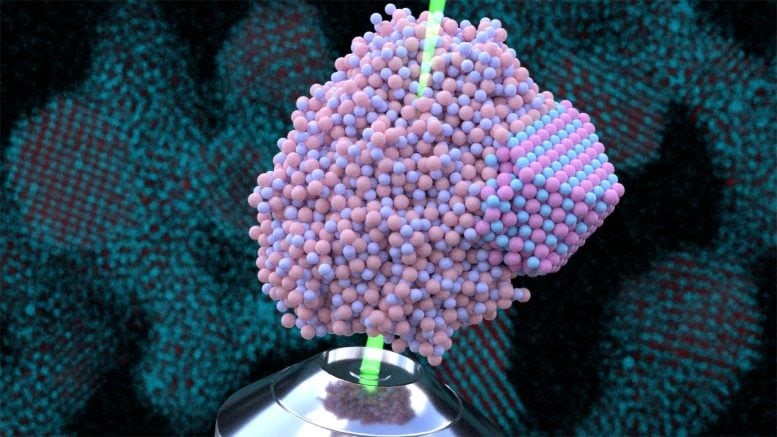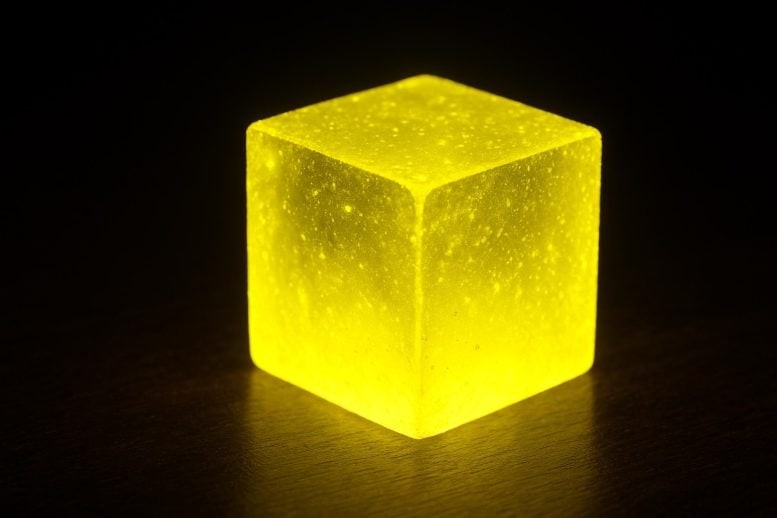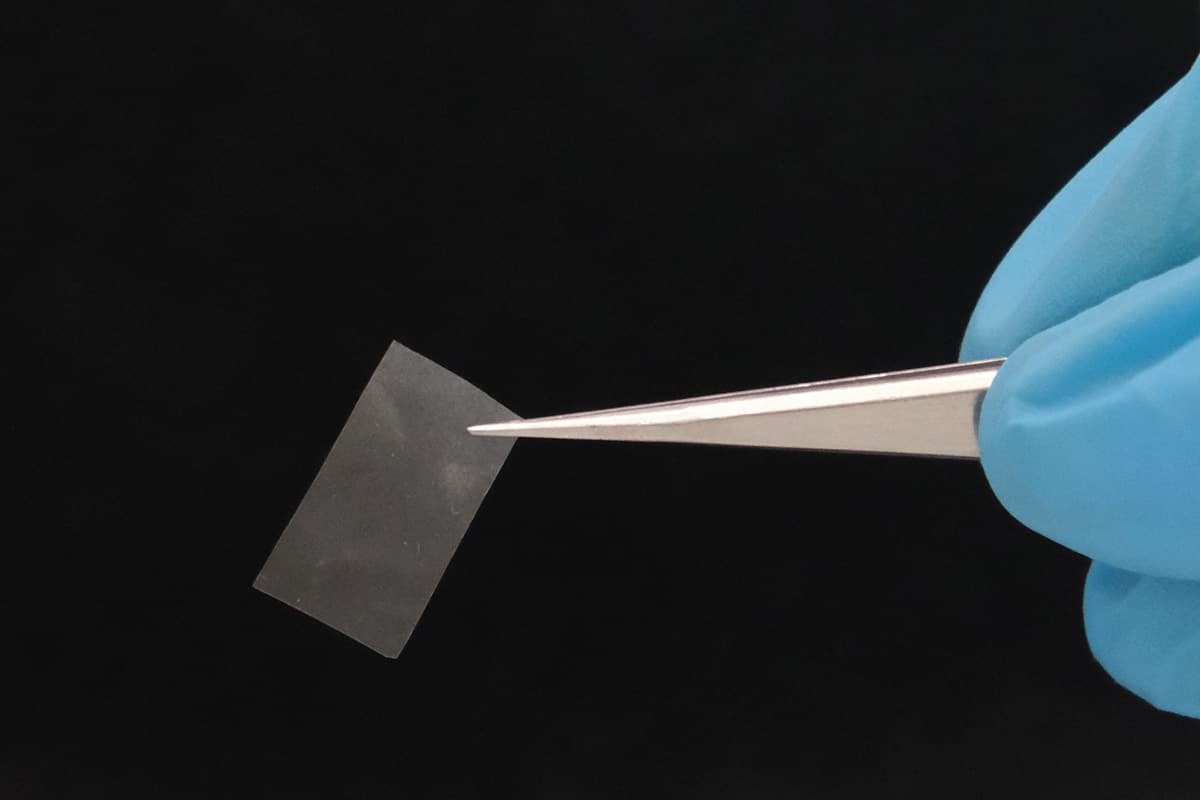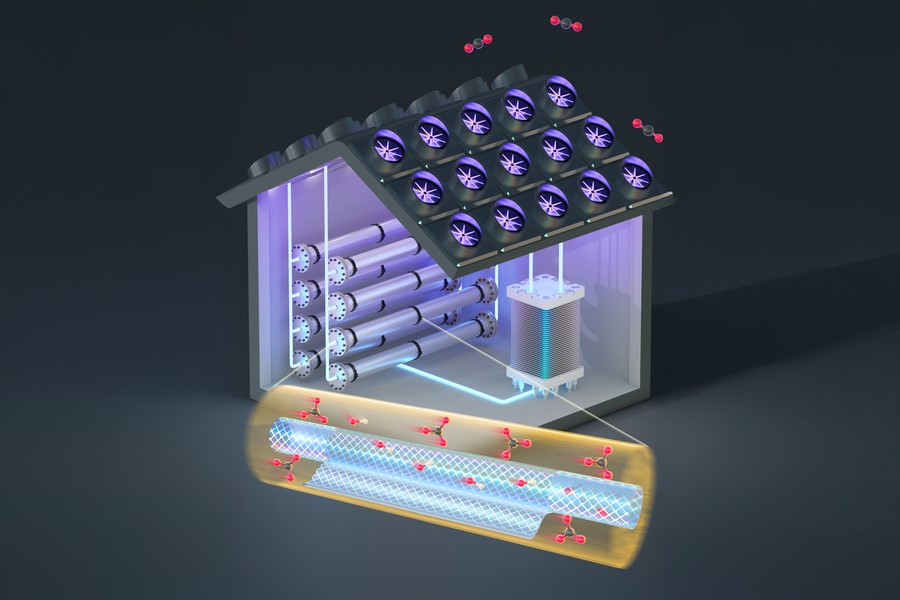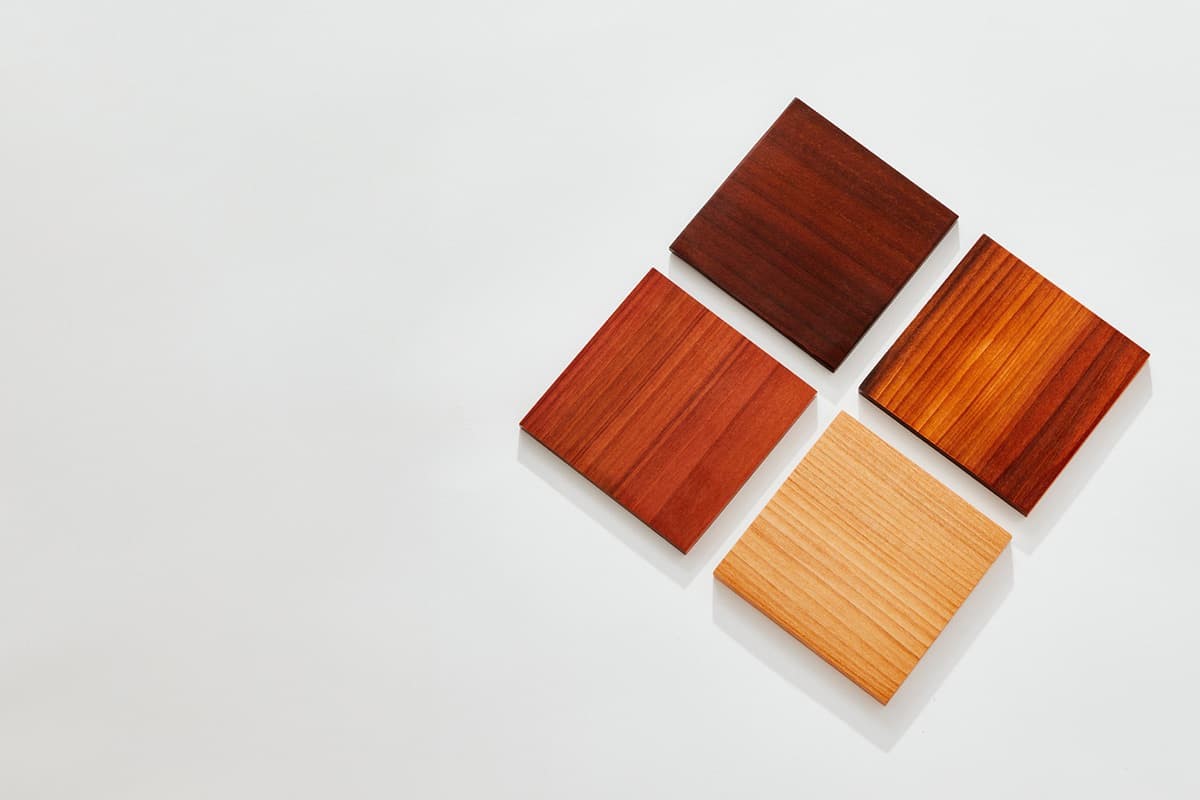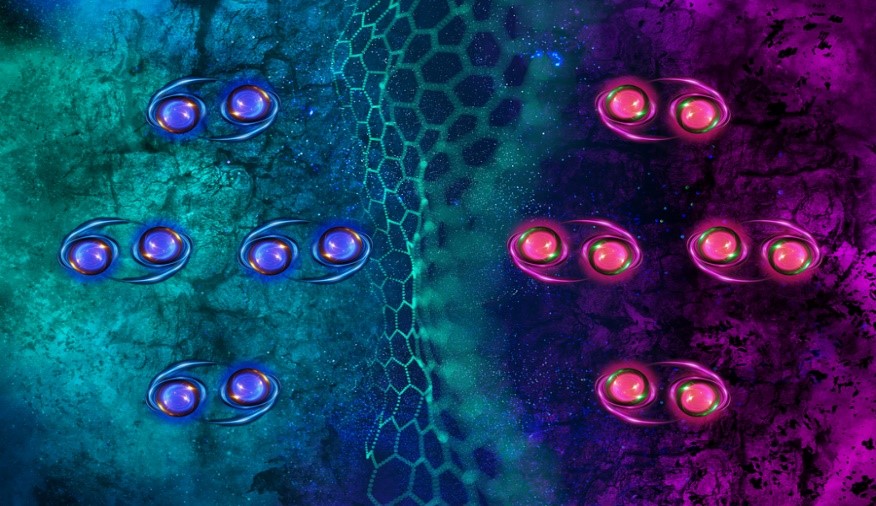Physicists Unveil the First Room-Temperature 2D Altermagnet
Limitations of Previous Materials for Spin Current Design
Despite extensive theoretical and experimental research into unconventional antiferromagnets like α-MnTe, CrSb, MnTe₂, and RuO₂, none satisfy the necessary symmetry and conductivity criteria for nonrelativistic spin-conserved spin currents via altermagnetism. The magnetic sublattices of α-MnTe and CrSb exhibit C₃ symmetry, resulting in isotropic conductance and nonpolarized currents.

Figure 1. First-Ever 2D Altermagnet Discovered at Room Temperature.
In MnTe₂, spin conservation is hindered by its noncoplanar magnetic structure, and its low critical temperature (87 K) restricts its practical use. For RuO₂, the classification of its ground state—whether antiferromagnetic or nonmagnetic—remains debated, despite observations of the anomalous Hall effect and spin splitting. Figure 1 shows First-Ever 2D Altermagnet Discovered at Room Temperature.
Additionally, these materials lack a layered structure, limiting their potential for exfoliation and integration with other materials to manipulate properties at the microscopic level. This constraint prevents the exploration of phenomena in 2D materials, such as topological superconductors through the superconducting proximity effect, tunable electronic properties via gating, and moiré superlattices.
As a result, the investigation of layered materials in altermagnets is crucial for advancing high-density, high-speed, and low-energy spintronic devices. Prof. Liu’s discovery of a two-dimensional layered room-temperature altermagnet offers fresh insights and possibilities in this field.
First Room-Temperature Layered Altermagnet Discovered
Building on theoretical predictions by Prof. Liu’s team for V₂Te₂O and V₂Se₂O in 2021, this study demonstrates the realization of C-paired spin-valley locking (SVL) in a layered, room-temperature antiferromagnet (AFM) compound, Rb₁-δV₂Te₂O. The discovery was made using spin and angle-resolved photoemission spectroscopy (Spin-ARPES), scanning tunneling microscopy/spectroscopy (STM/STS), and first-principles calculations.
Key findings include the direct observation of C-paired spin-valley locking (SVL) through Spin-ARPES measurements, which reveal opposite spin polarizations between adjacent X and Y valleys connected by crystal symmetry C. Temperature-dependent ARPES measurements demonstrate that SVL remains stable up to room temperature, aligning with the AFM phase transition temperature.
Furthermore, ARPES data confirm a strong two-dimensional character with negligible dispersion in the kz direction, while quasi-particle interference patterns from STM maps indicate suppressed inter-valley scattering, a result of spin selection rules.
Altermagnets are a class of materials that exhibit a unique form of magnetism called altermagnetism. Unlike traditional ferromagnets or antiferromagnets, altermagnets possess the ability to manipulate spin-polarized currents in a way that is highly sought after for spintronic applications. Spintronics, the study of utilizing electron spins for information processing, could greatly benefit from materials that enable nonrelativistic spin-conserved spin currents, particularly for low-energy, high-speed devices.
Limitations of Existing Materials
Before this breakthrough, many materials, including α-MnTe, CrSb, MnTe₂, and RuO₂, had been explored for their potential in spintronic devices. However, none of these materials met the required criteria for efficient spin current manipulation due to their symmetry and magnetic structure. For instance, in materials like α-MnTe and CrSb, the magnetic sublattices exhibited isotropic conductance that failed to polarize spin currents effectively. Additionally, materials like MnTe₂ had issues with spin conservation due to their noncoplanar magnetic structures and low critical temperatures, limiting their practical applications.
The Need for Layered Materials in Altermagnets
A significant limitation in previous materials is the lack of a layered structure, which restricts their potential for exfoliation and integration with other materials. Layered materials, particularly 2D materials, can offer enhanced properties through techniques such as gating, which could tune their electronic properties. Furthermore, they provide an ideal platform for exploring phenomena like topological superconductivity and moiré superlattices. For these reasons, there was a growing need to explore layered materials in altermagnets.
Prof. Liu’s Discovery of the First Room-Temperature 2D Altermagnet
Building on theoretical predictions made by Prof. Liu’s team in 2021 for compounds like V₂Te₂O and V₂Se₂O, this research demonstrated the realization of C-paired spin-valley locking (SVL) in a layered, room-temperature altermagnet, Rb₁-δV₂Te₂O. The team used advanced techniques such as Spin-ARPES (spin and angle-resolved photoemission spectroscopy) and STM/STS (scanning tunneling microscopy/spectroscopy) to observe the material’s unique properties, confirming the presence of spin-valley locking and strong 2D characteristics.
Key Experimental Findings and Implications
The study revealed several important findings, such as the direct observation of C-paired spin-valley locking, where opposite spin polarizations were observed in adjacent valleys connected by crystal symmetry. Temperature-dependent ARPES measurements confirmed that the SVL remained stable up to room temperature, in line with the material's antiferromagnetic phase transition temperature. Additionally, the STM maps showed suppressed inter-valley scattering due to spin selection rules, demonstrating the material’s potential for spintronic applications. These discoveries open up new possibilities for developing high-performance, low-energy-consumption spintronic devices based on 2D layered altermagnets.
Source: SciTECHDaily
Cite this article:
Priyadharshini S (2025), Physicists Unveil the First Room-Temperature 2D Altermagnet, AnaTechMaz, pp. 211


